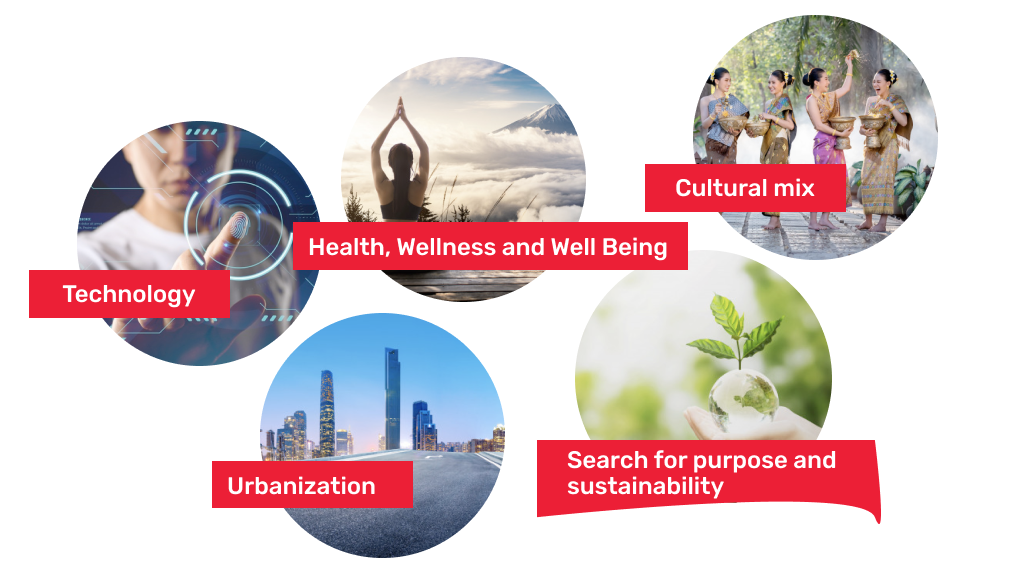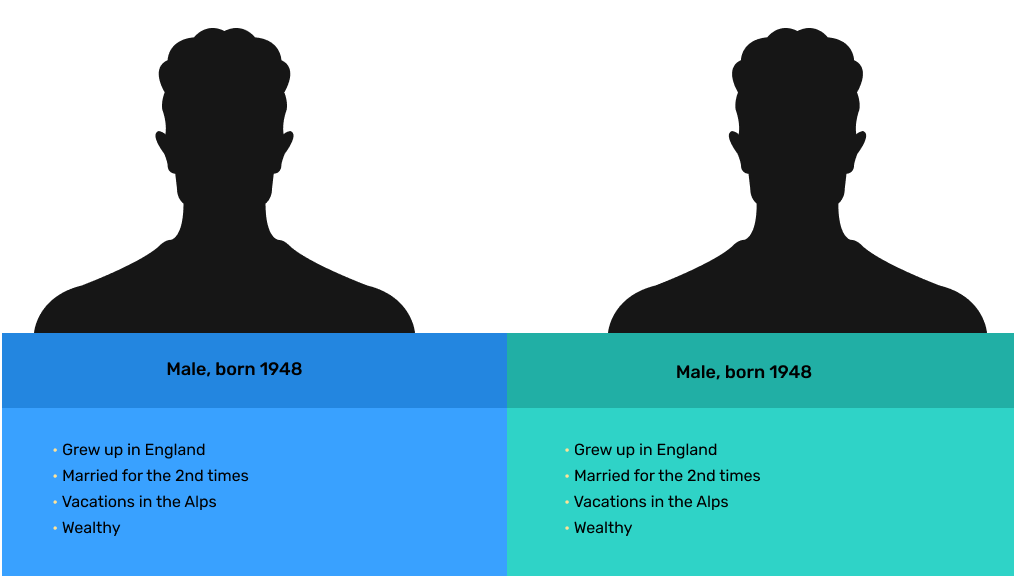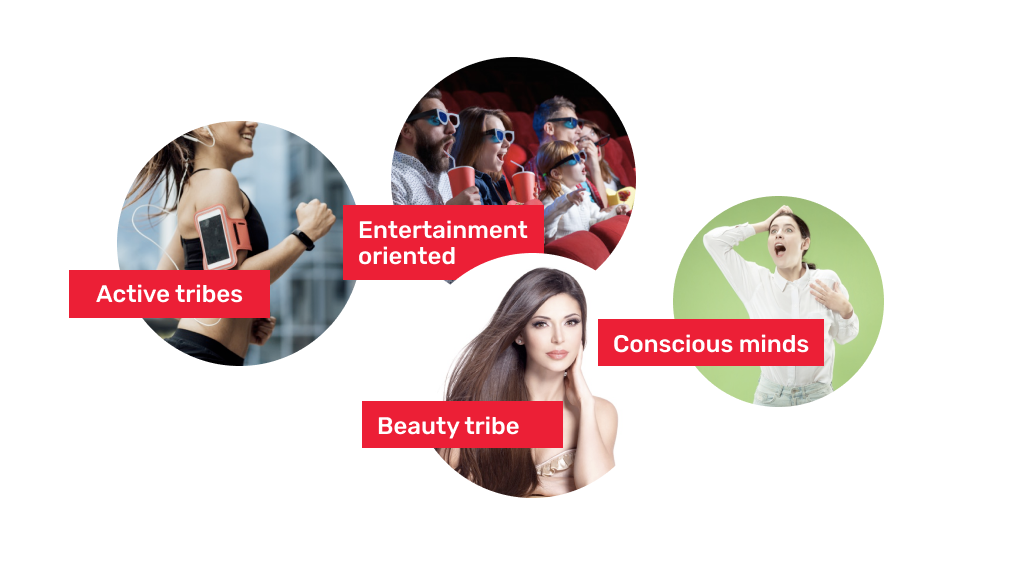
Imagine it’s 2035. A friend of yours treats you 24 hours of different gender with a fully reversible scar-free surgery that lets you experience how others live.
Or
Imagine you no longer need to struggle with translation apps. With a simple chip in your ear, you can speak and comprehend seamlessly.
You will ask: “What the hell does that have to do with marketing segmentation?”
Let me explain.
These are just examples of future trends. Megatrends define the world’s future and have a huge impact on businesses, societies, economies, cultures, and personal lives. They are closely connected to consumer behavior.

The four trends that have the biggest impact on people at the moment are:
- Technology
- Healthy lifestyle
- Mindful living
- Experiencing different things
Technology and the different means of technology change how we communicate and connect, how we shop, the way we share our feelings and emotions through social channels.
There is no denying that today’s consumers care about their health. This influences their choices – about diet, sports, wellness and leisure, work, travel, and even clothing.
Technology gives consumers the ability to define their health and life.
They use fitness trackers and smartwatches to track training data and health information. They are willing to spend more money on interesting sporting goods and athleisure brands. They eat more natural and organic foods with healthier ingredients and fresh herbs and spices.
Related article: Growth Marketing Hack: Do a Hyper-Targeted Geo Product Rollout to Look Bigger Than You Are
With all the pressure of modern urban life, more people tend to look for a little less dynamic life: the ability to get rid of something, put something behind to feel better, do things that you don’t do in your typical way of life. Still, you need them to escape from reality, to experience something new and exciting.
As you can see, all those trends are universal. They could appeal to completely different demographics – to the young generation and adults at the same time. No matter the age, a person could live a healthy life, run every morning and eat healthy food.
In their adulthood, many people want to be modern, be different, be audacious, and live the way they used to live when they were younger.
This proves that traditional segmentation is dead.
The limitations of demographics
Imagine that you have the profiles of two men. Both of them were born in 1948, grew up in England, married twice, spend their vacation in the Alps. Both of them are quite wealthy.

If you build your marketing campaign based on those characteristics, the chances are you are wasting your budget.
Why? Because considering their personalities, you may not reach any of them.
You can see – the same demographics, completely different personalities.

What has changed in the way we segment and target our customers?
Our segmentation is based on our customers’ personalities, passion points, and interests.
That’s why today we talk about TRIBES.
Related story: How a 24-year-old graduate built a $100 million company competing with top brands
What is a tribe – a group of people with the same mentality, with the same attitude, with the same value and same interests. The demographic characteristics are no longer important.

Consumers tribes are the new, much more effective way to segment and connect with our customers.
Engaging with tribes
So, you’ve identified your tribes. Now how should you best engage them?
The trick is to think about what motivates these groups, what are they talking about? If you can start involving your business in their conversations, you’ll attract their positive attention.
Identifying which channels your tribe uses and joining where they are, is imperative in achieving success.
Once established, you can tweak your marketing strategy to achieve maximum exposure through the most popular channels. You should also look at how you can combine online and offline strategies to promote your offerings further.
One good example is Nike. Their whole brand and marketing focus on the active tribes – people who are achievers, who are competitive athletes.
Another example is the stain remover Vanish. They used the simple concept of “Tip Exchange” to engage their target audience. They created an online forum on the company’s website, which aims to bring together potential, like-minded consumers to share tips on washing and removing stubborn stains.
BabyCenter focuses on the shift from being a woman to a mother and what this means. It is a place for mums to chat and get support. It’s highly relatable and immediately clear to consumers who are the target audience. BabyCenter has found the balance between facilitating conversation and getting its messages out.

